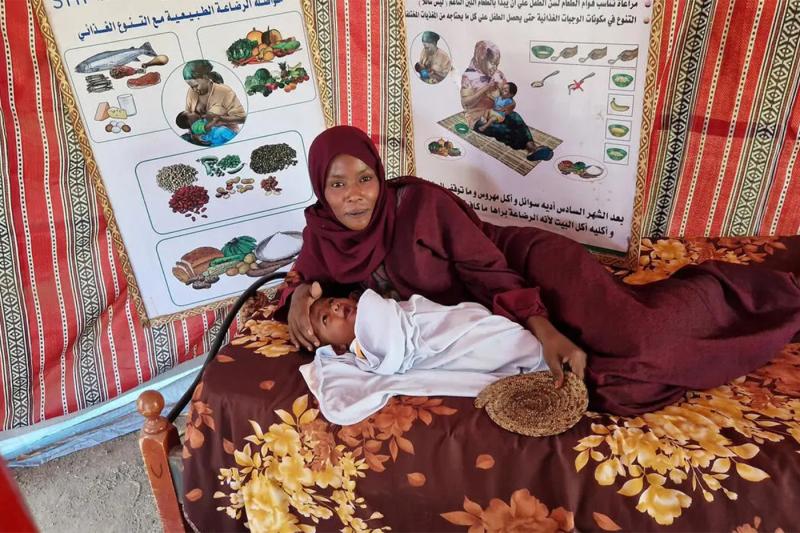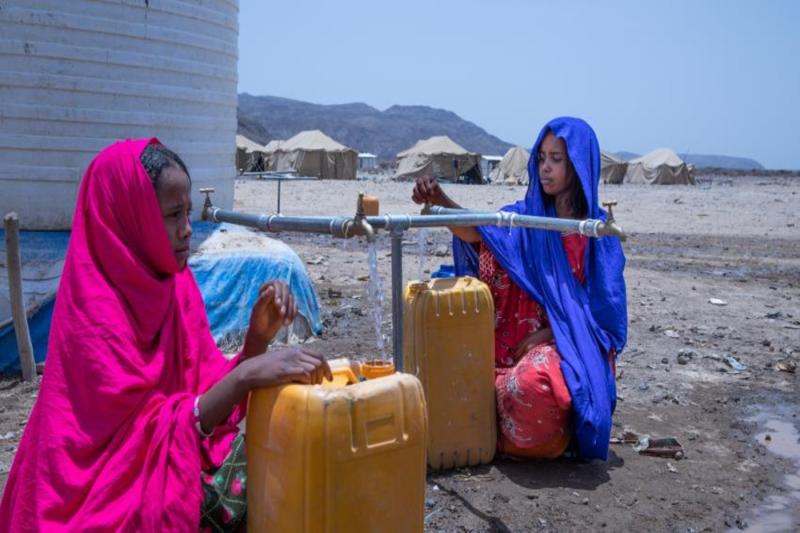
UN releases US$1.2 million after DRC’s Nyiragongo eruption
Local authorities in eastern Democratic Republic of the Congo registered more than 232,000 displaced persons in Sake, Rutshuru, Lubero, Minova and Bukavu in North Kivu and South Kivu, after the eruption of the Nyiragongo Volcano on 22 May.
More than 30 people lost their lives as a result of the eruption. Seismic activity has reduced slightly, but scientists warn that the risk of another eruption cannot be ruled out yet.
The humanitarian response is under way, consisting of food assistance, water and sanitation, health and protection, including family reunification and nutrition.
On 28 May, Emergency Relief Coordinator Mark Lowcock allocated US$1.2 million from the UN Central Emergency Response Fund in the wake of the eruption and resulting displacement.
There are 35 suspected cases of cholera in Kirotshe Health Zone, where Sake is located. Since 29 May, there has been a rapid increase, with 18 suspected cases in two days. Given the movement of people between Sake and Goma, humanitarian organizations are mobilizing to prevent a cholera outbreak by setting up water and chlorination points.
The CERF funds will support the World Health Organization and UNICEF in ensuring access to drinking water and reduce the risk of outbreaks of communicable diseases, including a further spread of cholera.
CERF is one of the fastest and most effective ways to help people affected by crises. Since its creation, it has assisted hundreds of millions of people with over $7 billion across more than 100 countries and territories. Since its inception in 2013, the Occupied Palestinian Territory Humanitarian Fund has allocated $132 million to humanitarian partners, including $58.3 million to international NGOs and $46 million to local and national partners on the front line of emergencies.
This would not have been possible without generous and consistent donor support.


